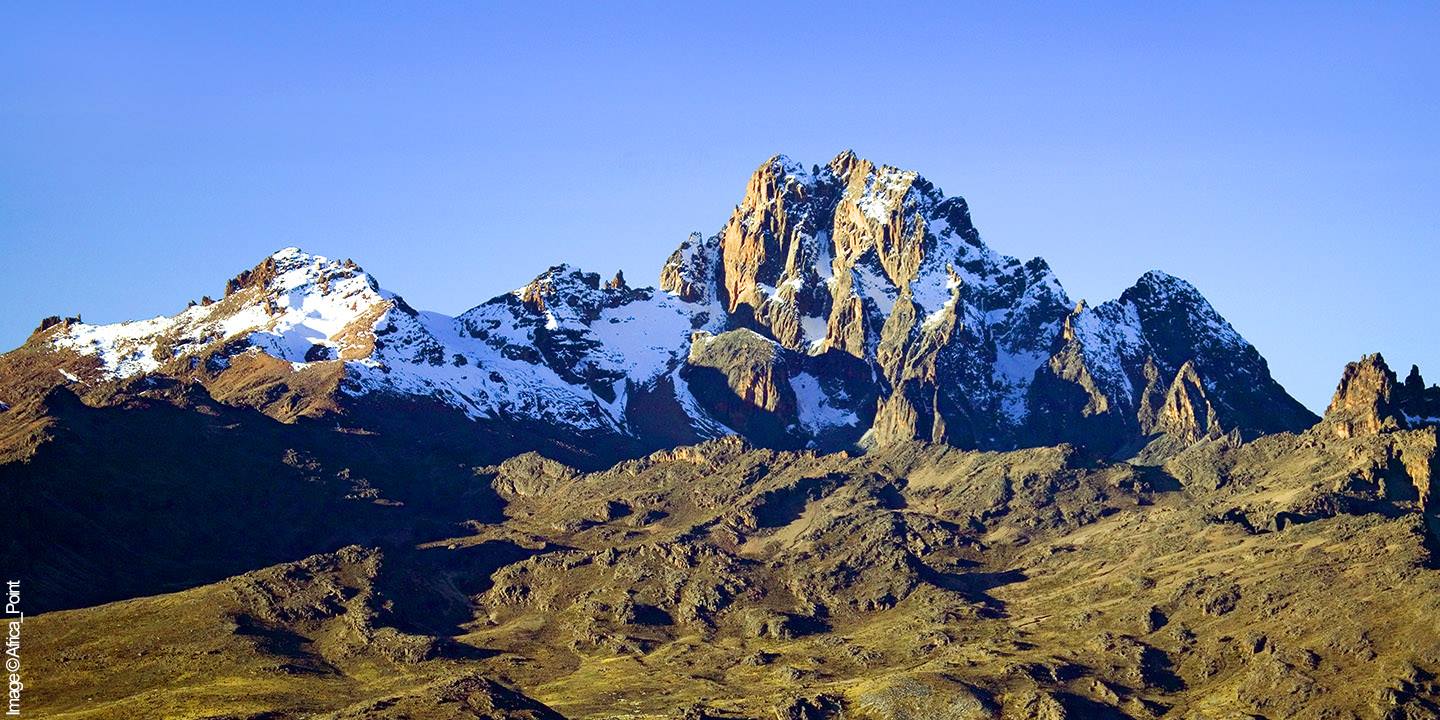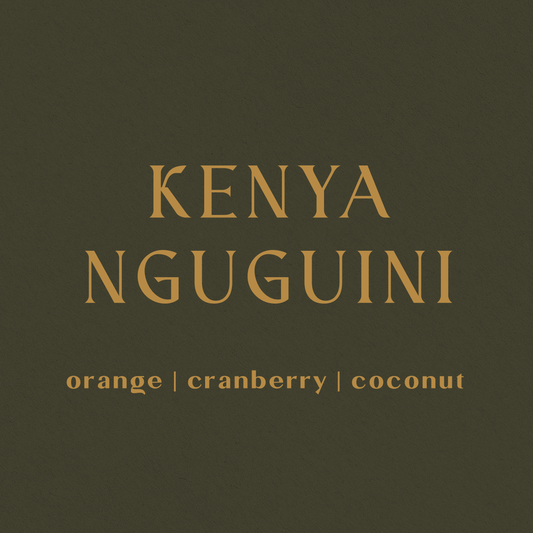
Kirinyaga
Coffee Production in Kirinyaga, Kenya
1. Historical Background
The Kirinyaga region, located on the fertile southern slopes of Mount Kenya, has long been considered one of the crown jewels of Kenya’s specialty coffee sector. Coffee cultivation began in Kenya in the early 20th century under British colonial rule, but it wasn’t until after Kenya’s independence in 1963 that smallholder-led cooperatives in regions like Kirinyaga began to take center stage.
Kirinyaga’s coffee legacy is closely tied to the post-independence growth of the Kenya Cooperative Coffee Production System, which empowered smallholders to join together in farmer cooperative societies (FCSs). These cooperatives collectively process cherries at centralized wet mills (often called factories), many of which are still active today and globally recognized for producing some of the highest-scoring coffees in East Africa.
2. Regional Context and Development
Kirinyaga County is located in central Kenya, bordering the equally famous coffee-growing region of Nyeri. The region sits at altitudes ranging from 1,500 to 1,900 meters above sea level, and its volcanic soils, high elevation, and reliable bimodal rainfall make it ideal for cultivating washed arabica coffee.
The coffee varieties most commonly grown in Kirinyaga include:
SL-28 and SL-34 – developed by Scott Agricultural Laboratories for high cup quality
Ruiru 11 – a rust-resistant hybrid
Batian – a newer hybrid offering both resistance and improved cup profile
Kirinyaga’s farming community is composed almost entirely of smallholder farmers who grow coffee on 0.5 to 2 hectares of land, typically intercropped with maize, bananas, and vegetables. These farmers deliver their ripe cherries to local cooperative-owned wet mills for processing, and the coffees are then auctioned through the Nairobi Coffee Exchange (NCE) or sold directly through second-window channels.
Notable factories in the region include:
Kagumoini
Kainamui
Ngugu-ini
Karimikui
Kiangoi
3. Processing Methods
The washed (fully washed) method dominates Kirinyaga's coffee processing, carried out meticulously at the cooperative wet mills. Here’s a typical workflow:
Cherry Sorting – Farmers hand-sort cherries before delivery; mill staff may re-sort again at intake.
Pulping – Cherries are depulped using disc pulpers, separating the skin and pulp from the parchment coffee.
Fermentation – Beans are fermented in water for 12 to 24 hours, depending on temperature and altitude, to break down mucilage.
Washing and Grading – After fermentation, beans are washed in channels and separated by density into grades (P1, P2, P3).
Soaking – A secondary soak of 12-24 hours in fresh water develops cup clarity and acidity.
Drying – Beans are dried on raised beds for 12 to 21 days, with regular turning and covering during rain or midday sun.
The end result is a parchment coffee with exceptional cleanliness, flavor precision, and brightness—defining features of Kenyan coffee from Kirinyaga.
4. Flavor Profile and Quality Impact
Coffees from Kirinyaga are world-renowned for their vibrant acidity, complex fruit character, and syrupy mouthfeel. Among Kenyan regions, Kirinyaga is often said to have slightly more fruit-forward characteristics than its neighbor, Nyeri.
Common flavor notes include:
Blackcurrant, red currant, and grapefruit
Cranberry, hibiscus, and tomato-like acidity
Juicy, winey brightness with crisp citrus qualities
Layered sweetness with a long, clean finish
Coffees from Kirinyaga consistently place in specialty auctions and feature prominently in high-end single-origin espresso and filter offerings. Many roasters and buyers seek out lots from this region for their signature SL-28/SL-34 expression and clarity in the cup.
5. Outlook
Kirinyaga continues to be one of Kenya’s most valuable coffee-producing regions, both in terms of quality and volume. Its cooperative model—while facing modern challenges like aging farmer populations, urbanization, and fluctuating market prices—remains a powerful tool for traceability and collective bargaining.
Looking forward:
Younger generations are gradually being encouraged to engage in specialty coffee through education and training.
Climate adaptation efforts, including shade tree planting and diversification, are helping mitigate weather extremes.
Quality premiums for SL varieties and traceable lots continue to drive producer interest in specialty market participation.
Private washing stations and exporter investments are improving transparency and farmer income in the region.
In summary, Kirinyaga is a benchmark region for specialty coffee in Africa. Its dynamic terroir, cooperative infrastructure, and historic SL cultivars combine to produce some of the most vibrant, sought-after coffees in the world.
Learn more about the Origin
Shop Coffees from Kirinyaga
-
 Sold out
Sold outKenya Ngugu-ini
Regular price From $16.00 USDRegular priceUnit price / per


